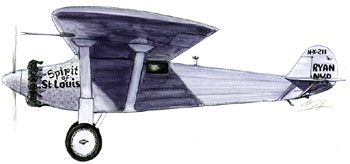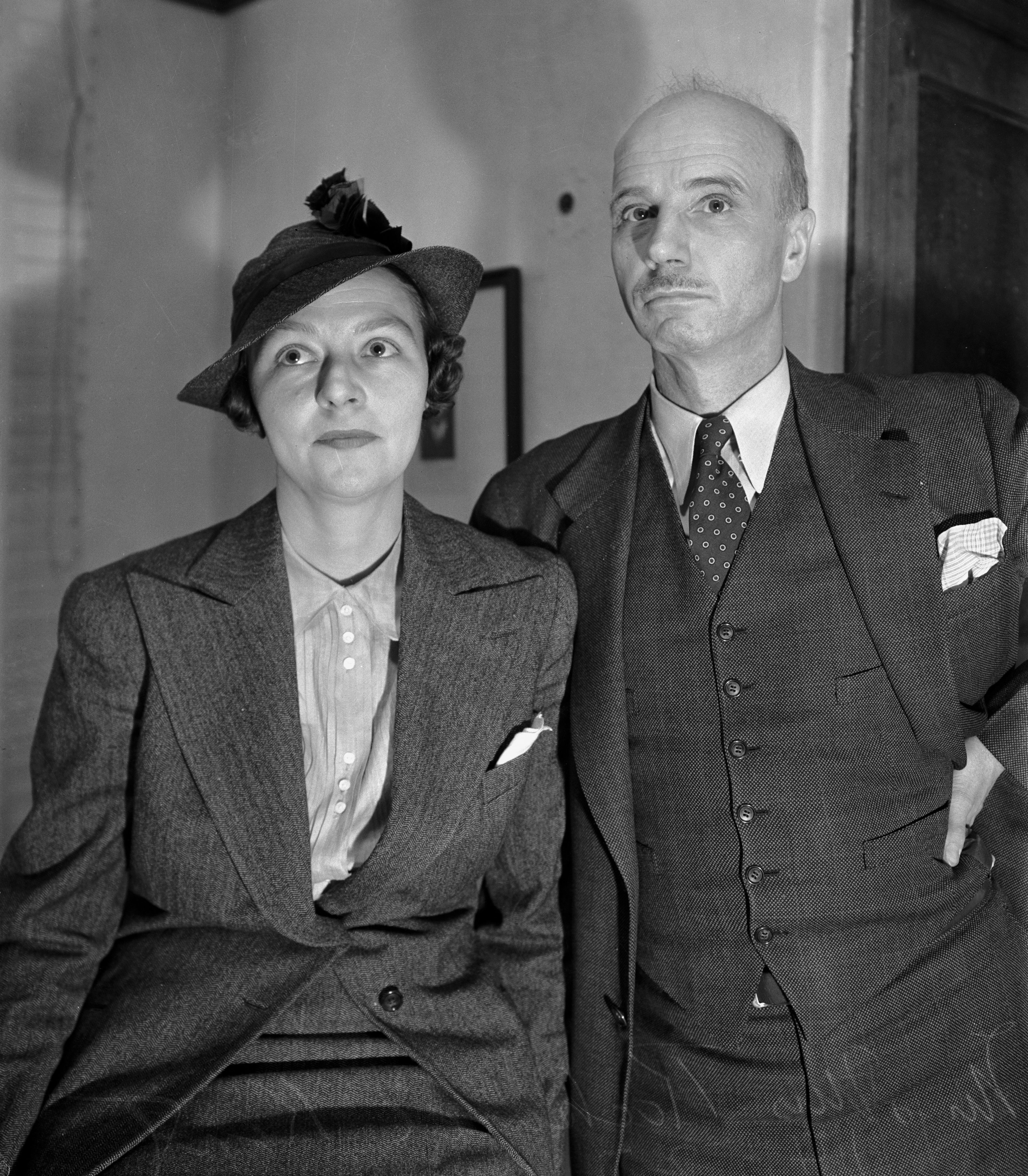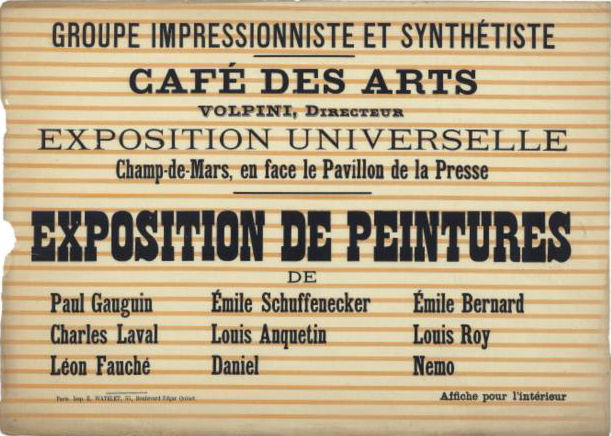|
Charles Lewis Hind
Charles Lewis Hind (1862–1927) was a British journalist, writer, editor, art critic and art historian. Biography C. Lewis Hind was born in 1862. He served as the deputy editor of ''The Art Journal'' (1887–92) and the ''Pall Mall Budget''. In 1893, he co-founded ''The Studio: An Illustrated Magazine of Fine and Applied Art''. Three years later, Hind became the editor of ''The Academy'' and, after it merged with ''Literature'', he continued with the editorship of ''The Academy and Literature'', retiring in 1903. Hind then became a contributor to several magazines and newspapers including the ''Daily Chronicle'', and wrote numerous articles on Post-Impressionism. Eight colour photographic illustrations by Hind featured in ''Days with Velasquez'' (1906). His 1911 book ''The Post Impressionists'' was described by the Shirakaba group as "a most substantial book on the Post-Impressionists in English." After World War I, he compiled various anthologies and published several boo ... [...More Info...] [...Related Items...] OR: [Wikipedia] [Google] [Baidu] |
The Sketch
''The Sketch'' was a British illustrated weekly journal. It ran for 2,989 issues between 1 February 1893 and 17 June 1959. It was published by the Illustrated London News, Illustrated London News Company and was primarily a society magazine with regular features on Monarchy, royalty, aristocracy and High society (group), high society, as well as theatre, Cinema of the United Kingdom, cinema and the arts. It had a high photographic content with many studies of socialite, society ladies and their children as well as regular layouts of Point to point (steeplechase), point to point racing meetings and similar events. Clement King Shorter, Clement Shorter and Sir William Ingram, 1st Baronet, William Ingram started ''The Sketch'' in 1893. Shorter was the first editor, from 1893 to 1900, succeeded by John Latey (journalist), John Latey (until his death in 1902) and then Keble Howard.Philip Waller, ''Writers, Readers, and Reputations: Literary Life in Britain 1870–1918'', pp. 351–2 ... [...More Info...] [...Related Items...] OR: [Wikipedia] [Google] [Baidu] |
Shirakaba
The was an influential Japanese literary coterie, which published the literary magazine '' Shirakaba'', from 1910 to 1923. History In 1910, a loose association of alumni of the prestigious Gakushuin Peer’s School in Tokyo began a literary society. Members included writers, artists, literary critics and others who rejected Confucianism and the strictures of traditional Japanese literary and artistic styles. In particular, the group emphasized idealism, humanism and individualism, over the naturalism that had been the dominant trend in Japanese literature of the Taishō period. The ''Shirakaba-ha'' thought highly of Western aesthetics (particularly Expressionism and Post-Impressionism), and considered their mission to spread the ideas of Western art and Western literature into Japan. Unlike many other literary circles, The Shirakaba-ha did not limit their interest to literature, but also delved into other art forms. However, the group remained deeply interested in Japanese cul ... [...More Info...] [...Related Items...] OR: [Wikipedia] [Google] [Baidu] |
British Editors
British may refer to: Peoples, culture, and language * British people, nationals or natives of the United Kingdom, British Overseas Territories and Crown Dependencies. * British national identity, the characteristics of British people and culture * British English, the English language as spoken and written in United Kingdom of Great Britain and Northern Ireland and, more broadly, throughout the British Isles * Celtic Britons, an ancient ethno-linguistic group * Brittonic languages, a branch of the Insular Celtic language family (formerly called British) ** Common Brittonic, an ancient language Other uses *People or things associated with: ** Great Britain, an island ** British Isles, an island group ** United Kingdom, a sovereign state ** British Empire, a historical global colonial empire ** Kingdom of Great Britain (1707–1800) ** United Kingdom of Great Britain and Ireland (1801–1922) * British Raj, colonial India under the British Empire * British Hong Kong, coloni ... [...More Info...] [...Related Items...] OR: [Wikipedia] [Google] [Baidu] |
1927 Deaths
Events January * January 1 – The British Broadcasting ''Company'' becomes the BBC, British Broadcasting ''Corporation'', when its Royal Charter of incorporation takes effect. John Reith, 1st Baron Reith, John Reith becomes the first Director-General. * January 7 ** The first transatlantic telephone call is made ''via radio'' from New York City, United States, to London, United Kingdom. ** The Harlem Globetrotters exhibition basketball team play their first ever road game in Hinckley, Illinois. * January 9 – The Laurier Palace Theatre fire at a movie theatre in Montreal, Quebec, Canada, kills 78 children. * January 10 – Fritz Lang's futuristic film ''Metropolis (1927 film), Metropolis'' is released in Germany. * January 11 – Louis B. Mayer, head of film studio Metro-Goldwyn-Mayer (MGM), announces the creation of the Academy of Motion Picture Arts and Sciences, at a banquet in Los Angeles, California. * January 24 – U.S. Marines United States occ ... [...More Info...] [...Related Items...] OR: [Wikipedia] [Google] [Baidu] |
1862 Births
Events January * January 1 – The United Kingdom annexes Lagos Island, in modern-day Nigeria. * January 6 – Second French intervention in Mexico, French intervention in Mexico: Second French Empire, French, Spanish and British forces arrive in Veracruz, Mexico. * January 16 – Hartley Colliery disaster in north-east England: 204 men are trapped and die underground when the only shaft becomes blocked. * January 30 – American Civil War: The first U.S. ironclad warship, , is launched in Brooklyn. * January 31 – Alvan Graham Clark makes the first observation of Sirius B, a white dwarf star, through an eighteen-inch telescope at Northwestern University in Illinois. February * February 1 – American Civil War: Julia Ward Howe's "Battle Hymn of the Republic" is published for the first time in the ''Atlantic Monthly''. * February 2 – The Dun Mountain Railway, first railway is opened in New Zealand, by the Dun Mountain Copper Mining Compan ... [...More Info...] [...Related Items...] OR: [Wikipedia] [Google] [Baidu] |
The Studio (magazine)
''The Studio: An Illustrated Magazine of Fine and Applied Art'' was an illustrated fine arts and decorative arts magazine published in London from 1893 until 1964. The founder and first editor was Charles Holme. The magazine exerted a major influence on the development of the Art Nouveau and Arts and Crafts movements. It was absorbed into ''Studio International'' magazine in 1964. Holmes' firm, The Studio, Ltd., grew to be "Britain's largest publisher of magazines and books on art and design in the first half of the 20th century". History ''The Studio'' was founded by Charles Holme in 1893. Holme was in the wool and silk trades, had travelled extensively in Europe and had visited Japan and the United States with Lasenby Liberty and his wife Emma. During his travels he had formed: He retired from trade in order to start ''The Studio''. He had hoped to engage Lewis Hind as the editor of the new venture, but Hind went instead to William Waldorf Astor's ''Pall Mall Bud ... [...More Info...] [...Related Items...] OR: [Wikipedia] [Google] [Baidu] |
Rockwell Kent
Rockwell Kent (June 21, 1882 – March 13, 1971) was an American painter, printmaker, illustrator, writer, sailor, adventurer and voyager. Biography Rockwell Kent was born in Tarrytown, New York. Kent was of English American, English descent. He lived much of his early life in and around New York City, where he attended the Horace Mann School. Kent studied with several influential painters and theorists of his day. He studied composition and design with Arthur Wesley Dow at the Art Students League in the fall of 1900, and he studied painting with William Merritt Chase each of the three summers between 1900 and 1902 at the Shinnecock Hills Summer School of Art, after which he entered in the fall of 1902 Robert Henri's class at the New York School of Art, which Chase had founded. During the summer of 1903, in Dublin, New Hampshire, Kent was apprenticed to painter and naturalist Abbott Handerson Thayer. An undergraduate background in architecture at Columbia University prepared Ken ... [...More Info...] [...Related Items...] OR: [Wikipedia] [Google] [Baidu] |
Post-Impressionism
Post-Impressionism (also spelled Postimpressionism) was a predominantly French art movement that developed roughly between 1886 and 1905, from the last Impressionist exhibition to the birth of Fauvism. Post-Impressionism emerged as a reaction against Impressionists' concern for the naturalistic depiction of light and colour. Its broad emphasis on abstract qualities or symbolic content means Post-Impressionism encompasses Les Nabis, Neo-Impressionism, Symbolism, Cloisonnism, the Pont-Aven School, and Synthetism, along with some later Impressionists' work. The movement's principal artists were Paul Cézanne (known as the father of Post-Impressionism), Paul Gauguin, Vincent van Gogh and Georges Seurat. The term Post-Impressionism was first used by art critic Roger Fry in 1906.Peter Morrin, Judith Zilczer, William C. Agee, ''The Advent of Modernism. Post-Impressionism and North American Art, 1900-1918'', High Museum of Art, 1986 Critic Frank Rutter in a review of the Salon ... [...More Info...] [...Related Items...] OR: [Wikipedia] [Google] [Baidu] |
London
London is the Capital city, capital and List of urban areas in the United Kingdom, largest city of both England and the United Kingdom, with a population of in . London metropolitan area, Its wider metropolitan area is the largest in Western Europe, with a population of 14.9 million. London stands on the River Thames in southeast England, at the head of a tidal estuary down to the North Sea, and has been a major settlement for nearly 2,000 years. Its ancient core and financial centre, the City of London, was founded by the Roman Empire, Romans as Londinium and has retained its medieval boundaries. The City of Westminster, to the west of the City of London, has been the centuries-long host of Government of the United Kingdom, the national government and Parliament of the United Kingdom, parliament. London grew rapidly 19th-century London, in the 19th century, becoming the world's List of largest cities throughout history, largest city at the time. Since the 19th cen ... [...More Info...] [...Related Items...] OR: [Wikipedia] [Google] [Baidu] |
Daily Chronicle (United Kingdom)
The ''Daily Chronicle'' was a left-wing British newspaper that was published from 1872 to 1930 when it merged with the '' Daily News'' to become the ''News Chronicle''. Foundation The ''Daily Chronicle'' was developed by Edward Lloyd out of a local newspaper that had started life as the ''Clerkenwell News and Domestic Intelligencer'', set up as a halfpenny 4-page weekly in 1855. Launched after the duties on advertising and published news had been abolished in 1853 and July 1855, this local paper specialised in small personal ads. At first, it carried about three times as much advertising as it did local news. As the formula proved popular, it grew in size and frequency and often changed its name to match. In 1872, it finally changed from the ''London Daily Chronicle and Clerkenwell News'' to plain ''Daily Chronicle''. It was then being published daily in eight pages, half of which were news and half advertising. Edward Lloyd was keenly interested in advertising. It had the po ... [...More Info...] [...Related Items...] OR: [Wikipedia] [Google] [Baidu] |




